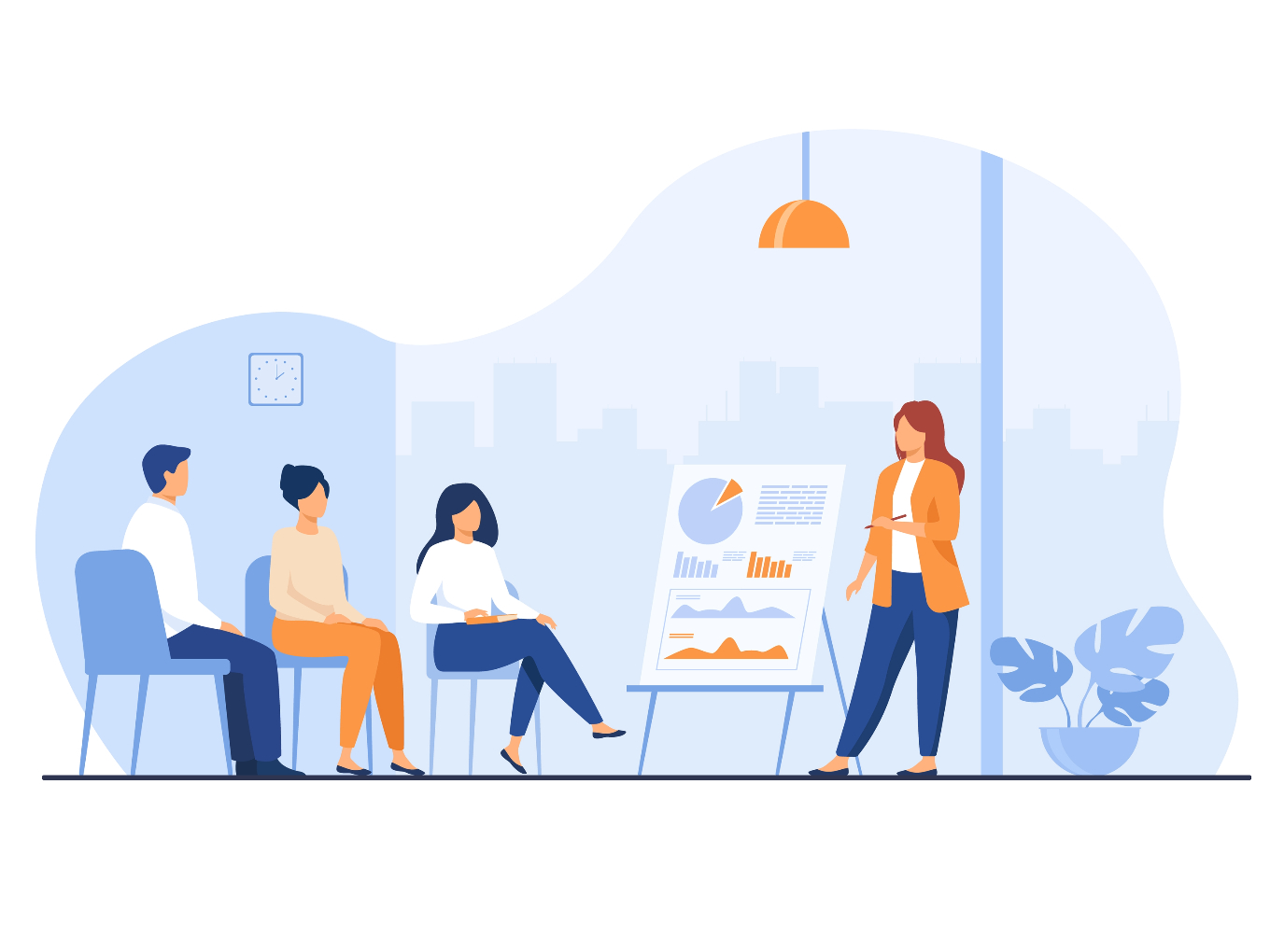The Future of Work demands a new breed of learning that captivates, empowers, and ignites a spark of brilliance in every employee. All organisations today are chasing the holy grail of a workforce fuelled by passion, equipped with cutting-edge skills, and driven by a high sense of ownership of their development.
However, the roadblocks to this are significant, most of them coming from the employee’s own mindset and attitude toward learning. As learning has refused to adapt to the changing preferences of learners, these same learners have lost patience and turned away from traditional learning methods. This has created a massive chasm between where employers want their workforce to be, and where they are.
In addition, in an age of content glut, capturing and diverting the attention of a modern learner is a difficult proposition. While creativity is not in short supply, often, costs related to creating such engaging learning are unviable.
The Power Of Play: Gamified Learning
Gamified learning is a transformative approach that merges the power of games with the art of education. Gamification has gained recognition as an innovative and effective solution to bridge the gap between traditional learning methods and future workforce demands.
By infusing learning with elements of gameplay, gamified learning transforms the mundane into the immersive, the monotonous into the exciting, and the solitary into the collaborative.
At its core, gamified learning leverages the entertainment and competition vectors. The entertainment vector comes from gaming-like experiences that provide a different way to learn. They trigger emotional responses based on the context of these games and try and excite adrenaline release.
The competition vector comes from game mechanics such as points, badges, levels, and leaderboards, which try to provide dopamine hits to learners. By introducing challenges, competition, and rewards, gamified learning taps into our inherent desire for achievement and progress. It provides the audience with a sense of purpose, instils a healthy dose of friendly competition, and offers tangible incentives to drive consumption of learning.
Both these vectors should be employed to appeal to modern audiences to truly leverage the power of gamified learning.
Real-Time Feedback And Progress Tracking
Traditional learning methods often lack real-time feedback, leaving employees unsure about their progress and areas for improvement. Gamified learning addresses this challenge by providing instant feedback and progress-tracking mechanisms.
Learners receive immediate feedback on their performance, allowing them to identify strengths and weaknesses in real time. This feedback loop promotes a continuous learning cycle, as employees can quickly adjust their approach and strive for mastery.
Building Transferable Skills
Gamified learning goes beyond rote memorisation and facilitates the development of transferable skills. By integrating problem-solving, critical thinking, and decision-making challenges into the learning experience, employees acquire skills that can be applied across various contexts.
These skills, such as adaptability, collaboration, and creativity, are becoming increasingly valuable in today’s dynamic work environment. Gamified learning creates a safe and engaging space for employees to practice and hone these essential skills.
Enhancing Onboarding And Training Programs
Onboarding new employees and providing effective training in their first days are critical for organisational success. Gamified learning breathes new life into these processes by making them engaging, interactive, and memorable.
Instead of passive orientation sessions or lengthy training manuals, Gamified learning allows new hires to actively participate in their onboarding journey. This approach not only accelerates the learning curve, but also creates a positive and immersive experience that fosters a sense of belonging and alignment with the organisation’s values and goals.
Personalised, Collaborative, And Cost-Effective
One of the key strengths of gamified learning lies in its ability to personalise the learning experience. Through adaptive algorithms and data analytics, gamified platforms can tailor content and challenges to match each employee’s individual needs and skill gaps.
This individualised approach not only enhances learning effectiveness but also boosts employee motivation by allowing them to track their progress and witness their growth in real time.
In addition, gamified learning can foster collaboration and teamwork among employees. Many gamified platforms incorporate social features that enable learners to interact, compete, and collaborate with their peers.
By fostering a sense of community and shared goals, Gamified learning creates a supportive and engaging environment that encourages knowledge-sharing and teamwork.
Furthermore, the cost-effectiveness of gamified learning makes it an attractive proposition for organisations of all sizes. With advancements in technology, the development and deployment of gamified learning solutions have become more accessible and affordable.
Organisations can leverage existing digital platforms, such as learning management systems or mobile apps, to integrate gamified elements into their training programs without incurring exorbitant costs.
In Conclusion
As the future of work unfolds, organisations must embrace new approaches to learning that capture the hearts and minds of their employees. Gamified learning presents an exciting opportunity to bridge the gap between the aspirations of employers and the expectations of employees.
By tapping into the innate human desire for challenge, progress, and social connection, gamified learning empowers employees to take ownership of their development, become lifelong learners, and thrive in the ever-changing landscape of work.
The post The Future Of Work: Empowering Employees Through Gamified Learning appeared first on Inc42 Media.



![[CITYPNG.COM]White Google Play PlayStore Logo – 1500×1500](https://startupnews.fyi/wp-content/uploads/2025/08/CITYPNG.COMWhite-Google-Play-PlayStore-Logo-1500x1500-1-630x630.png)